- 02 9712 1736
- [email protected]
- 212 Great North Road, Five Dock, NSW 2046
- Open 7 days a week
As we embrace 2025, many of us have made resolutions focused on improving our health. While gym memberships and diet plans often take center stage, there’s a more fundamental aspect of health that deserves our attention: movement. The ability to move freely and confidently doesn’t just impact our physical health—it’s the key to living life on our own terms, whether that means exploring new countries, playing with our children, or pursuing competitive sports.

When we think about getting healthy, we often jump straight to exercise routines and workout plans. While structured exercise is valuable, it’s just one piece of the wellness puzzle. Movement, on the other hand, encompasses all the ways we use our bodies throughout the day—from reaching for a coffee cup to climbing stairs or gardening.
The “weekend warrior” approach, where we’re sedentary during the week and then push ourselves hard on weekends, isn’t the answer. This pattern can lead to injury and doesn’t provide the consistent movement our bodies need. Think of it this way: your body is like a car that performs best with regular use rather than long periods of sitting followed by sudden intense activity.
Good movement patterns allow us to participate fully in life, forming the cornerstone of physical health and vitality. Whether it’s having the mobility to play with grandchildren, the stability to enjoy a round of golf, or the strength to carry groceries without worry, movement capabilities directly impact our quality of life. Regular movement helps maintain healthy joint function, supports cardiovascular health, and helps manage weight—all crucial factors in long-term health and vitality. Beyond these basic functions, movement plays a vital role in maintaining bone density, especially important as we age. It helps improve balance and coordination, reducing the risk of falls and injuries.
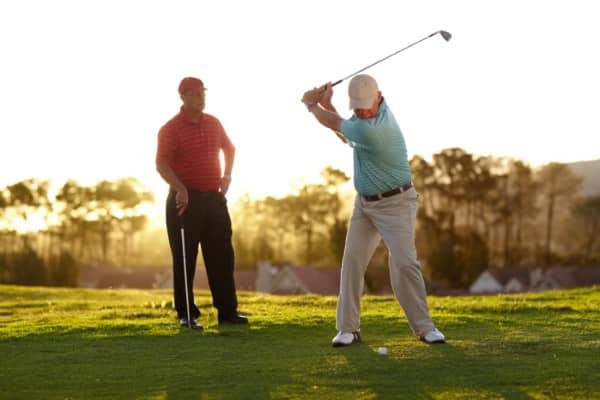
The connection between movement and mental health is profound and well-documented. When we move, our bodies release a cocktail of beneficial chemicals including endorphins, serotonin, and dopamine, while helping to decrease cortisol, our primary stress hormone. This natural chemical response helps improve mood, reduce anxiety, and enhance overall mental wellbeing.
Beyond these biochemical effects, movement offers powerful psychological benefits. Regular physical activity can help break the cycle of negative thoughts by shifting focus to the present moment. Whether it’s a walk in nature or a gentle stretching session, movement provides opportunities for mindfulness and stress relief. Social movement activities can also combat isolation and build community connections, further supporting mental health.
Our bodies follow a simple rule: what we don’t use, we lose. When we limit our movement, whether due to a desk job or sedentary lifestyle, our bodies begin to adapt—and not in a good way. Muscles become tight, joints get stiff, and our range of motion decreases. This creates a troubling cycle: reduced movement leads to discomfort, which further discourages movement.
Modern life doesn’t help. Hours spent hunched over phones and computers create postural patterns that can lead to neck pain, back discomfort, and reduced shoulder mobility. These challenges don’t develop overnight—they creep in gradually, often unnoticed until they begin to limit our activities.
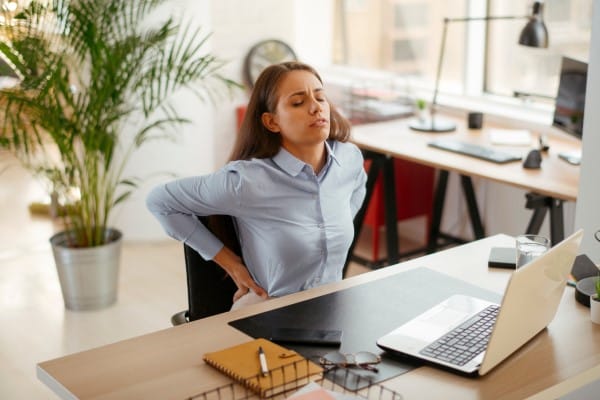
Many people live with movement restrictions without realizing they’re not normal. These restrictions often develop gradually and may seem normal until they begin limiting daily activities or causing pain. Early recognition and intervention can prevent these issues from becoming chronic problems.
You might notice an inability to rotate your head fully to either side without pain or stiffness, or difficulty looking up or extending through the lower neck. Some people find themselves needing to turn their whole body instead of just their head when checking blind spots while driving, and many experience morning stiffness that takes hours to improve.
You might find yourself unable to pull your shoulders back from a forward-rolled posture without tension, or experience difficulty reaching behind your back or overhead. Many people feel persistent tightness across the chest or between shoulder blades, and maintain a rounded shoulder posture despite trying to “sit up straight.”
Stiffness when getting up after sitting for extended periods, or difficulty squatting down to pick things up are also signs of reduced mobility. You might notice reduced hip mobility affecting walking or climbing stairs, or experience lower back tension that affects daily activities.
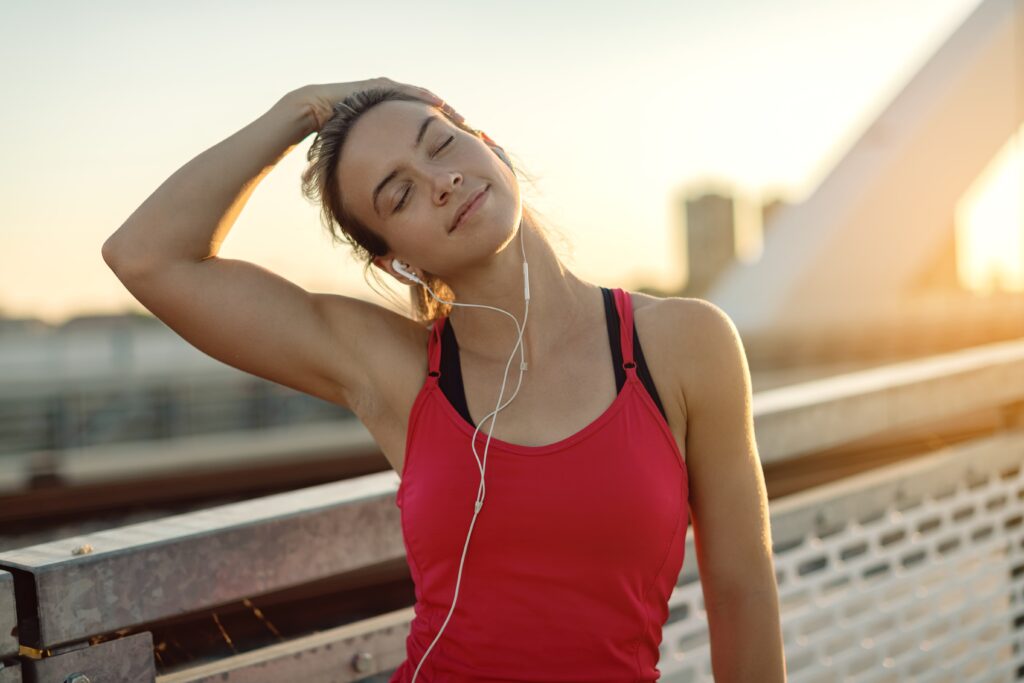
While strength and cardiovascular fitness often get the spotlight, mobility remains a crucial component of overall health. Stretching serves as an effective tool for maintaining mobility by addressing muscle tension that builds up through our daily activities. However, it’s important to understand that stretching alone isn’t a complete solution for maintaining optimal movement and flexibility.
Throughout our day, poor postural habits and prolonged positions lead to complex changes in our body that simple stretching cannot fully address. Joint stiffness, in particular, presents a significant challenge. When joints become restricted, it becomes difficult to stretch deeply enough to create meaningful change. In fact, joint stiffness can actually reduce the effectiveness of stretching on muscle tension, creating a cycle that’s hard to break through stretching alone.
This is where the combination of stretching and professional care becomes crucial. Regular chiropractic treatment helps improve joint mobility and overall function, while consistent stretching helps maintain these improvements between visits. Think of it as a partnership: your chiropractor works to optimize your body’s movement potential, and your stretching routine helps preserve and reinforce these gains. This combined approach proves far more effective than either strategy alone, creating lasting improvements in flexibility and function.
A few minutes of daily stretching is enough and is more beneficial than an occasional long session. Focus on major muscle groups, particularly those affected by your daily posture and activities.
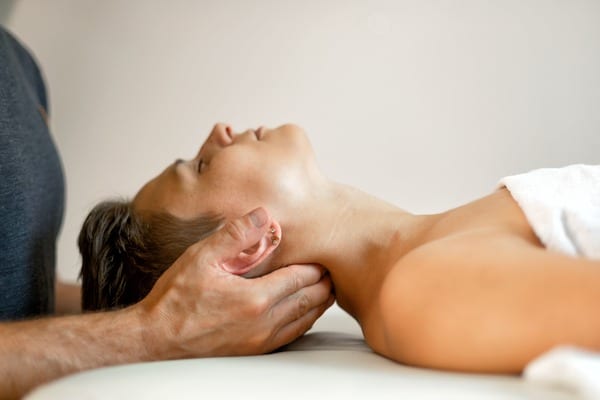
Chiropractic care offers a comprehensive approach to improving and maintaining healthy movement patterns. When it comes to joint mobility, specific adjustments help restore proper joint motion, with techniques targeting restricted areas to improve range of motion. Treatment addresses both the spine and extremity joints for full-body mobility.
Regarding muscle function, hands-on soft tissue therapy helps release muscle tension, targeting both surface and deep muscles, while improving muscle balance and coordination. Movement pattern optimization is achieved through careful assessment to identify dysfunctional patterns, with treatment helping to break harmful compensatory habits and providing guidance for maintaining improved patterns.
The preventive care aspect includes regular assessments to catch restrictions early, with treatment plans adapting to changing needs and movement education to prevent future problems.
Your chiropractor can provide specific exercise recommendations based on your needs, postural advice for work and daily activities, and movement strategies for your particular lifestyle.
You don’t need to be an athlete to incorporate more movement into your day. Simple changes can make a significant difference in your daily routine. Consider taking short walking breaks every hour during the workday, using a standing desk for part of your day, or parking further from entrances to add more steps. You might take the stairs instead of the elevator, do simple stretches while watching TV, use phone calls as an opportunity to walk around, or practice simple exercises during your lunch break.
Remember, movement doesn’t have to be intense to be beneficial. The key is consistency and variety in your movement patterns.
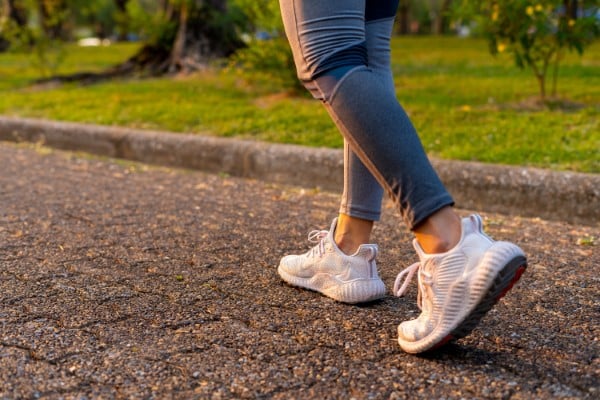
Start small and build gradually. Instead of dramatic lifestyle changes, focus on incorporating more movement into your existing routine. Set realistic goals and celebrate small victories. Track your progress not just in terms of activity levels, but in how you feel and what you can do.
Keep in mind that everyone’s movement needs and capabilities are different. What works for someone else might not be right for you, and that’s perfectly fine. The goal is to find sustainable ways to move more that fit your lifestyle and preferences.
As you embark on your journey to better health through movement, consider scheduling regular chiropractic assessments to identify and address any movement restrictions or postural issues. Your chiropractor can provide personalized guidance on maintaining mobility and proper movement patterns. Start incorporating more movement into your daily routine using the practical suggestions discussed earlier. Pay attention to how your body feels and moves throughout the day, noticing any areas of stiffness or discomfort. Most importantly, be patient with yourself—building new habits takes time, and improvements in mobility and movement patterns happen gradually.

Remember, the goal isn’t to become a professional athlete—it’s to move well enough to live life on your terms. Regular chiropractic care, combined with consistent daily movement, creates a foundation for better health and wellbeing that will serve you well beyond your New Year’s resolutions.
For readers in Sydney’s Inner West, Five Dock Osteopathic and Chiropractic offers expert assessment and treatment to help you achieve your movement and health goals. Their experienced practitioners can help identify and address movement restrictions, provide personalized treatment plans, and guide you toward optimal mobility and function.
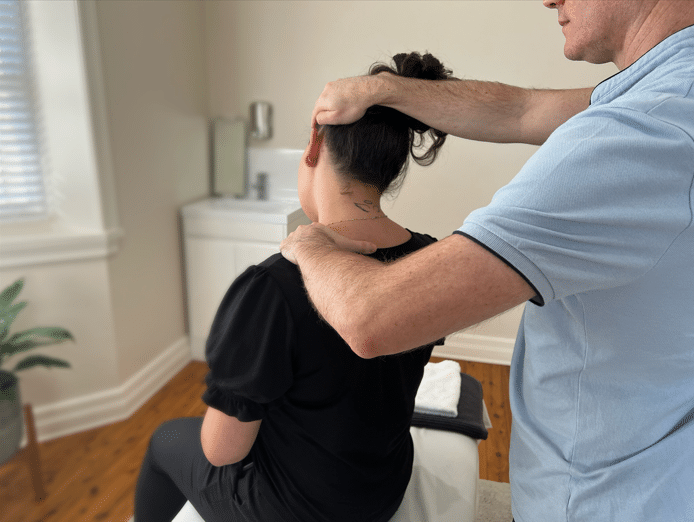
Forest Lodge, Annandale, Glebe, Leichhardt, Balmain, Haberfield, Canada Bay, Rozelle, Rodd Point, Wareemba, Stanmore, Petersham, Lilyfield, Hunters Hill, Enfield, Cabarita, Mortlake, Rhodes, Burwood Heights, Birchgrove, Gladesville, Huntleys Point, Abbotsford, Ashfield, Croydon Park, Croydon, Chiswick, Russell Lea, Burwood, Strathfield, Concord, Drummoyne, North Strathfield, Liberty Grove, Dulwich Hill, Lewisham, Camperdown, Ashbury, Homebush, Homebush West, Woolwich, Henley, Summer Hill, Sydney Olympic Park

About
Five Dock Osteopathic & Chiropractic is located in Canada Bay, in Sydney’s Inner West. Servicing suburbs including Burwood, Croydon, Drummoyne, Five Dock, Haberfield, Concord, Abbotsford, Chiswick, Leichhardt, Wareemba, Russell Lea, Summer Hill, Strathfield.
Clinic hours
Monday, Tuesday, Thursday 7AM – 7PM
Wednesday, Friday 7AM – 6PM
Saturday 7AM – 2PM
Sunday 8AM – 2PM
Contact details